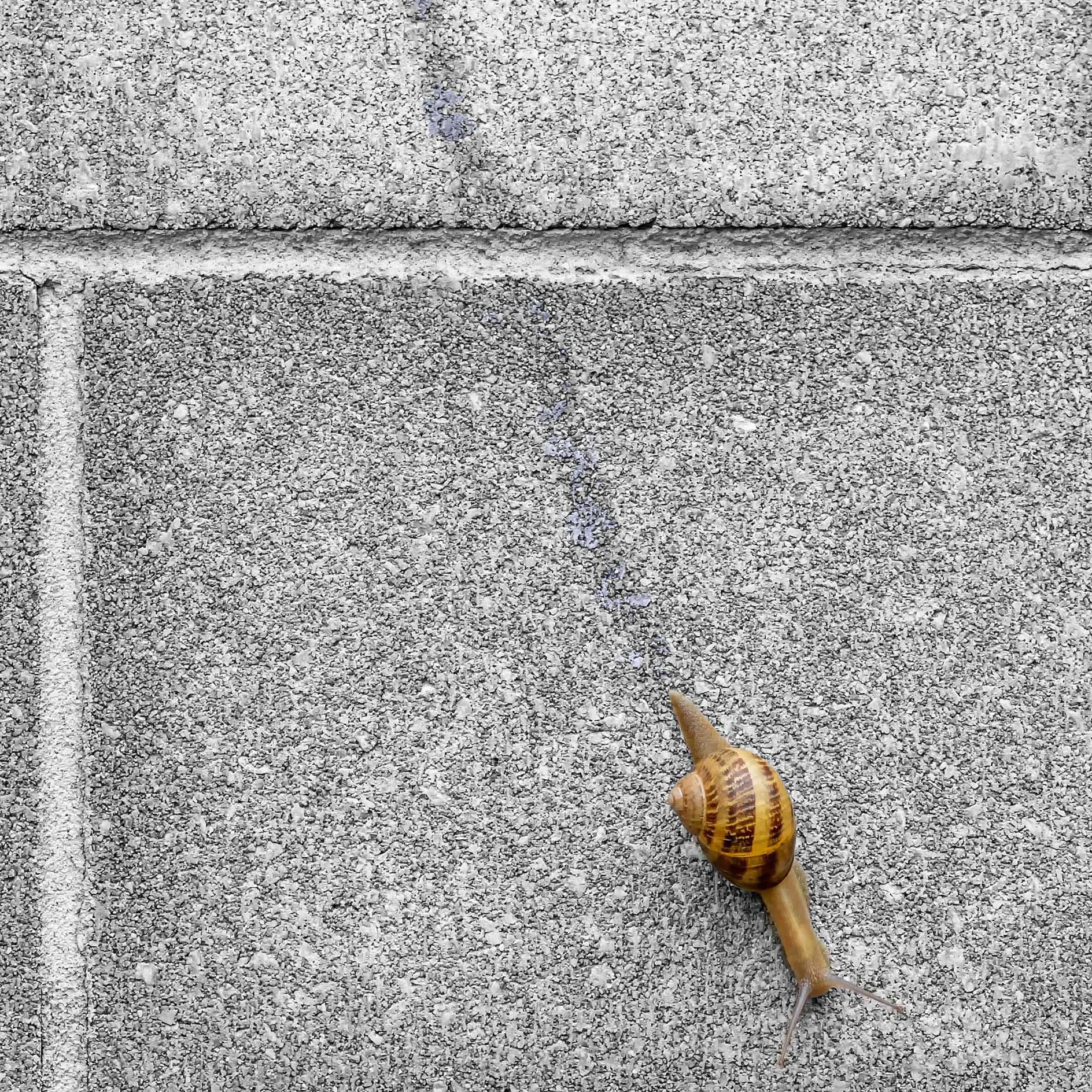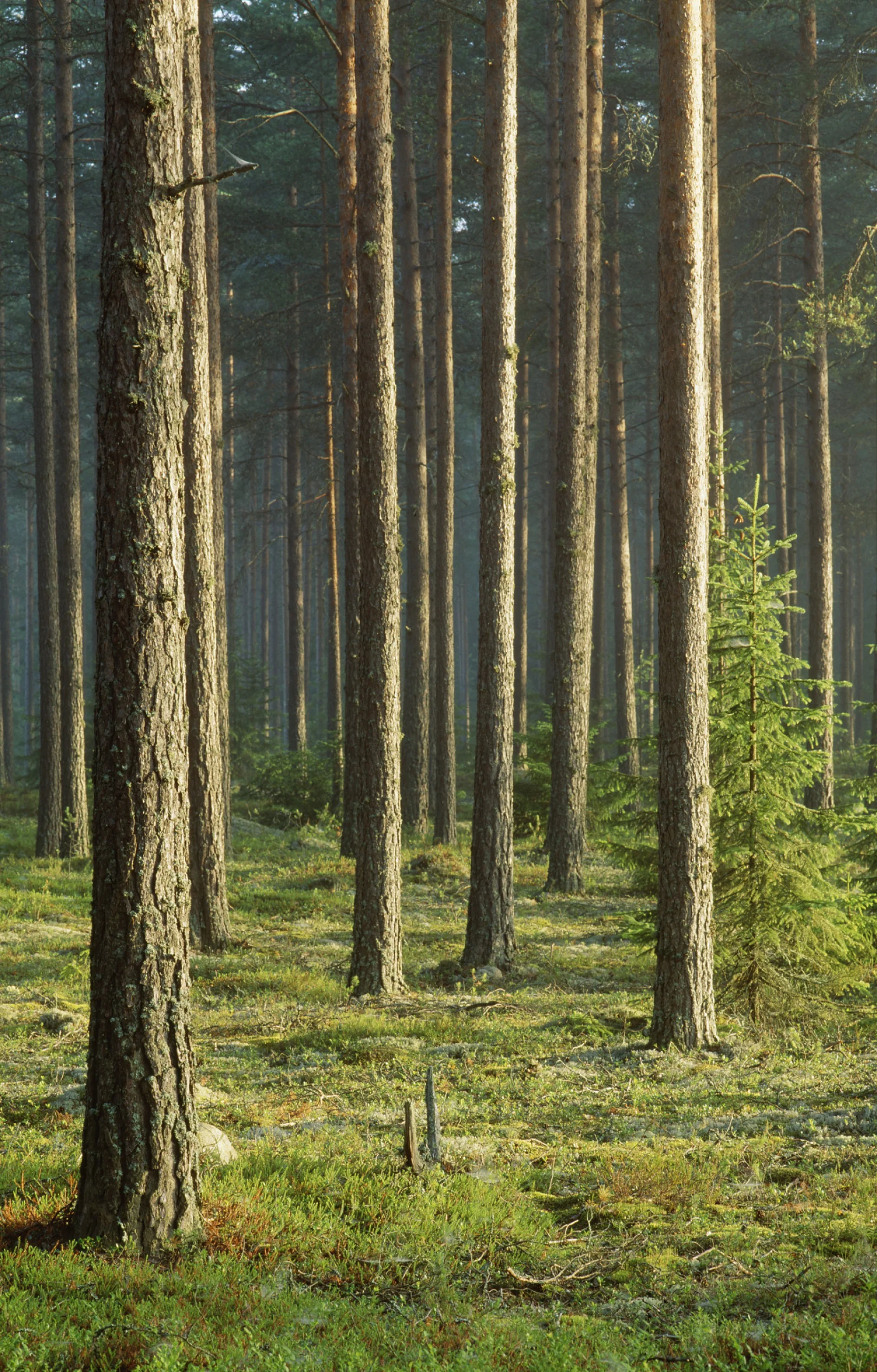From photosynthesis to the lotus leaf: Nature creates extraordinary eccentricities – They amaze us, and sometimes literally turn us ‘green’ with envy. Scientists are working on developing substances and products that mimic natural wonders. And they are doing so successfully, as the invention of self-cleaning surfaces with the famous ‘Lotus Effect’ shows. When it comes to “adhesive substances with multiple properties and for all kinds of purposes”, nature offers a well-stocked research fund. Where there is life … there is adhesive power.
For example, sugar: As a chemical substance class, a sub-group of carbohydrates, at the cellular level, sugar is the energy store par excellence and is vital for flora and fauna. But that’s not all: Under certain conditions, sugar can also work as an efficient adhesive. Every child who has licked his or her sticky fingers after eating candyfloss knows this from experience. Because if, for example, through moisture, the water and oxygen contained in the sugar crystals are separated from each other, the hydrogen, which is reactive, wants to bond again and adheres to everything it finds.



